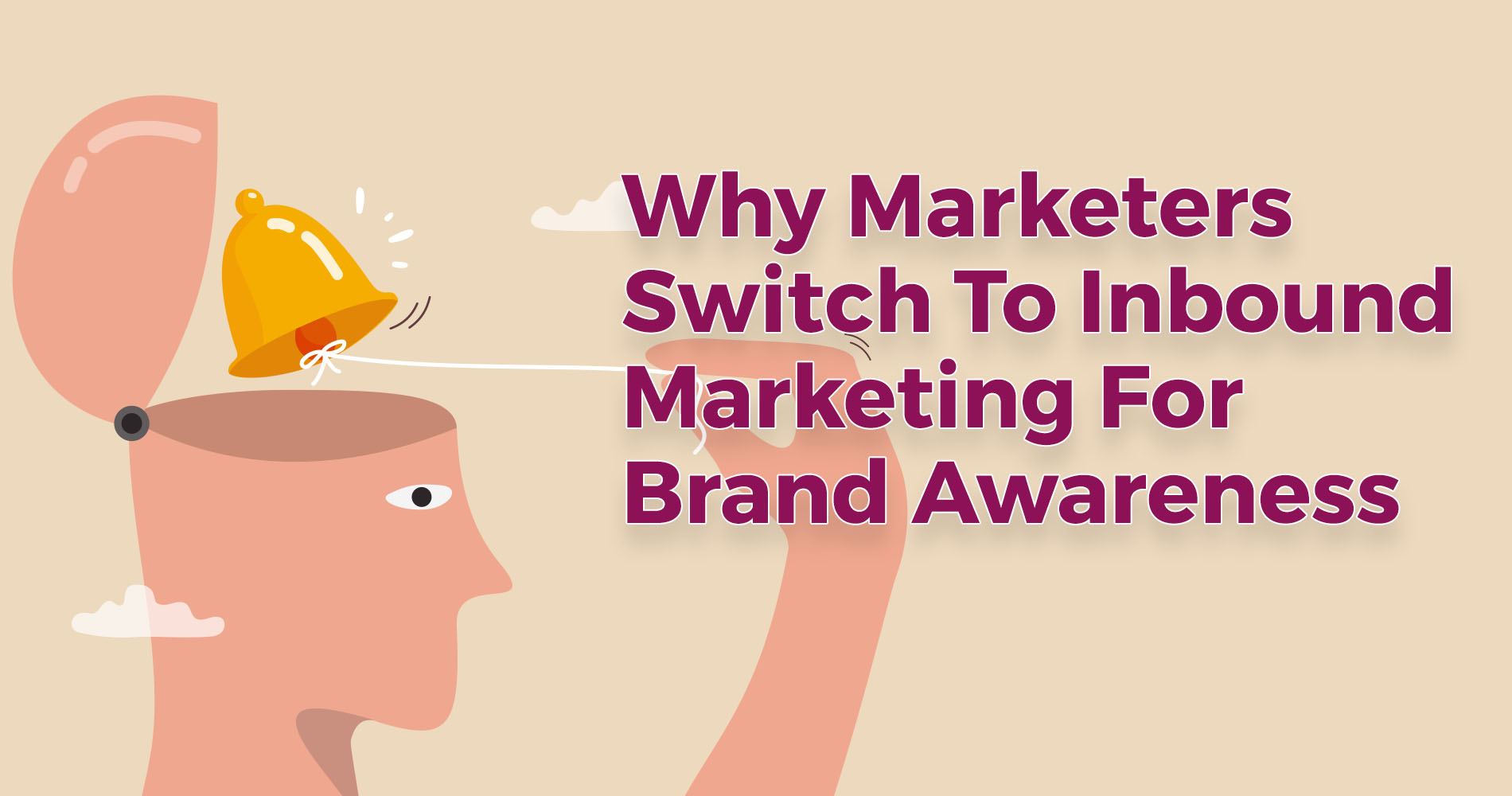In the medical equipment industry, having aligned sales, marketing, and service teams is crucial for success. When these teams work in silos, it can lead to miscommunication, inefficiencies, and missed opportunities. By identifying and addressing these gaps, companies can improve their processes, enhance customer satisfaction, and drive growth.
- Establish Shared Goals and KPIs
Insight: Shared goals and key performance indicators (KPIs) ensure both teams are working towards the same objectives.
How to Apply This:
1.1 Joint Planning Sessions:
- Importance: Joint planning sessions ensure that both sales and marketing are aligned in their objectives and understand each other’s roles and responsibilities. This can prevent conflicts and promote a unified approach to achieving company goals.
- Execution: Schedule monthly or quarterly planning sessions where both teams can discuss their strategies, goals, and upcoming campaigns. Use these sessions to identify potential overlaps, share insights, and create a cohesive plan that supports both teams.
1.2 Common KPIs:
- Examples of KPIs: Metrics like the number of qualified leads, conversion rates, customer lifetime value (CLV), and churn rates are crucial. These KPIs should be clearly defined and tracked regularly.
- Benefits: Common KPIs ensure that both teams are working towards the same goals and can measure success using the same criteria. This fosters a sense of shared responsibility and collaboration.
1.3 Regular Reviews:
- Frequency: Weekly or bi-weekly meetings can be effective for reviewing progress and making necessary adjustments. These meetings should be concise and focused on key metrics and actionable insights.
- Agenda: Create a structured agenda that includes a review of current KPIs, discussion of any roadblocks or challenges, and planning for upcoming activities. Encourage open communication and constructive feedback.
- Use Collaborative Tools and Platforms
Insight: Using the right tools can significantly improve communication and collaboration between sales and marketing.
How to Apply This:
2.1 Unified CRM System:
- Benefits: A unified CRM system ensures that both sales and marketing have access to the same data, enabling better coordination and more informed decision-making.
- Features: Look for features such as lead tracking, automated follow-ups, and detailed analytics. These features help streamline processes and provide valuable insights into customer behaviour and sales performance.
2.2 Shared Dashboards:
- Customisation: Customise dashboards to display key metrics relevant to both teams. This might include lead sources, conversion rates, sales pipeline stages, and customer satisfaction scores.
- Real-Time Updates: Ensure that dashboards provide real-time updates so that both teams can monitor progress and make data-driven decisions quickly.
2.3 Communication Platforms:
- Integration: Integrate communication platforms with your CRM and other tools to create a seamless workflow. This allows teams to access information and communicate without switching between multiple systems.
- Channels: Create dedicated channels for different projects or topics to keep conversations organised and focused. Encourage team members to share updates, ask questions, and collaborate in real-time.
- Develop Integrated Campaigns
Insight: Integrated campaigns ensure that marketing efforts support sales initiatives and vice versa.
How to Apply This:
3.1 Collaborative Campaign Planning:
- Workshops: Conduct workshops where both teams can brainstorm ideas, set goals, and outline campaign strategies. This collaborative approach ensures that all perspectives are considered and that campaigns are aligned with overall business objectives.
- Roles and Responsibilities: Clearly define the roles and responsibilities of each team in the campaign. This helps avoid confusion and ensures that everyone knows what is expected of them.
3.2 Content Alignment:
- Tailored Content: Develop content that addresses the specific needs and pain points of different customer segments. This might include product comparison guides, success stories, and ROI calculators.
- Sales Enablement: Create sales enablement materials such as email templates, pitch decks, and objection-handling guides. These resources help the sales team effectively communicate the value of your products to potential customers.
3.3 Feedback Loop:
- Regular Check-Ins: Schedule regular check-ins between sales and marketing to discuss the performance of ongoing campaigns. Use these meetings to gather feedback, identify areas for improvement, and make necessary adjustments.
- Data-Driven Decisions: Use data from your CRM and other tools to evaluate the effectiveness of marketing campaigns. Analyse metrics such as lead quality, conversion rates, and customer feedback to inform future strategies.
YOU MAY LIKE THIS: Why Sales and Marketing Alignment Is Important
- Foster a Culture of Collaboration
Insight: A collaborative culture encourages teamwork and open communication.
How to Apply This:
4.1 Joint Training Sessions:
- Cross-Training: Offer cross-training opportunities where team members can learn about each other’s roles and responsibilities. This helps build empathy and understanding between the teams.
- Workshops and Webinars: Organise workshops and webinars on topics such as customer journey mapping, data analysis, and content creation. These sessions provide valuable insights and foster collaboration.
4.2 Team Building Activities:
- Off-Sites and Retreats: Plan off-site retreats or team-building events where team members can bond outside of the office. These activities help build trust and foster stronger relationships.
- Social Events: Organise social events such as happy hours, lunches, or team outings. These informal gatherings provide opportunities for team members to connect and build camaraderie.
4.3 Leadership Support:
- Recognition Programs: Implement recognition programs that reward collaborative efforts and achievements. This reinforces the importance of teamwork and encourages continued collaboration.
- Open Communication: Encourage open communication between teams and leadership. Create an environment where team members feel comfortable sharing ideas, feedback, and concerns.
- Align Messaging and Branding
Insight: Consistent messaging and branding across all channels reinforce your company's value proposition and build trust with customers.
How to Apply This:
5.1 Brand Guidelines:
- Comprehensive Guidelines: Develop comprehensive brand guidelines that cover all aspects of your brand, including logo usage, colour schemes, typography, and messaging. Ensure that both teams have access to these guidelines.
- Training: Provide training sessions on how to apply the brand guidelines in all communications. This ensures that everyone understands the importance of consistency and knows how to implement the guidelines.
5.2 Content Audits:
- Regular Reviews: Conduct regular content audits to review and update existing content. Look for inconsistencies in tone, style, and messaging, and make necessary adjustments.
- Alignment Meetings: Schedule alignment meetings where both teams can discuss content strategies and ensure that all materials are aligned with the brand guidelines.
5.3 Unified Customer Experience:
- Customer Journey Mapping: Map out the customer journey to identify all touchpoints and ensure that each one delivers a consistent message. This helps create a seamless and cohesive customer experience.
- Feedback Mechanisms: Implement feedback mechanisms to gather customer insights and identify areas for improvement.
Conclusion
Identifying and addressing gaps between sales, marketing, and service is crucial for medical equipment companies. By establishing shared goals, using collaborative tools, developing integrated campaigns, fostering a culture of collaboration, and aligning messaging, companies can create a seamless operation that drives growth and improves customer satisfaction. Implement these strategies to ensure your teams work together effectively and achieve better results.






